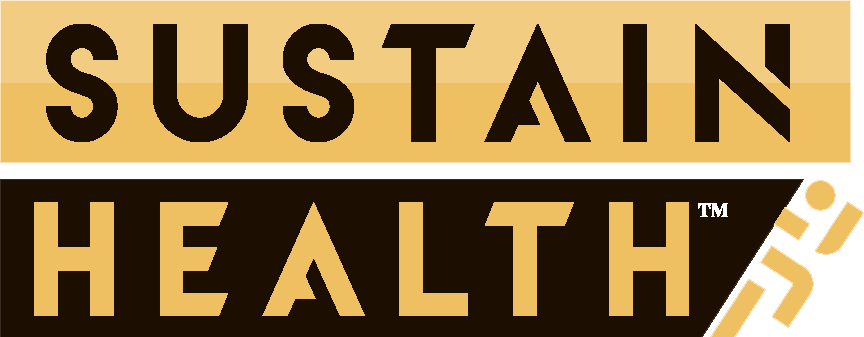If you’ve ever waited four hours for a sprained wrist or spent more time filling out forms than actually seeing a doctor, congratulations—you’ve met the modern healthcare system.
Behind the scenes, it’s a circus of paper trails, protocol, and professionals running on caffeine and compliance. But it doesn’t have to be that way. In fact, a growing number of healthcare facilities are finally waking up to a radical idea: run the place like it matters.
At the core of every efficient, compassionate, and effective healthcare facility isn’t just cutting-edge technology or a shiny new scanner—it’s people. Competent, highly-trained professionals. And according to those paying the bills, they’re the best investment money can buy.
“The success of any healthcare institution begins with its staff.”
Hard to argue with that. When you hire people who know what they’re doing—and keep them learning—you get fewer mistakes, smoother operations, and a lot more smiling faces (on both sides of the chart).
Streamline the Circus: A Workflow That Works
Think of hospital workflow like airport security. Done well, it moves seamlessly. Done poorly, you’re trapped behind someone unpacking their toiletries for the third time.
Optimising healthcare operations—whether it’s automating the soul-destroying admin or reorganising the path from GP to specialist—is now critical to survival.
Healthcare facilities are now cutting the fat by ditching redundant tasks, training staff to focus on efficiency, and letting tech do the heavy lifting where possible. The result? Less time wasted, fewer errors, and more patients seen with less drama.
Nurses With Degrees and Nerves of Steel
Gone are the days of throwing a nurse into the ward and hoping for the best. Enter the Bachelor of Science in Nursing (BSN), a degree that turns good nurses into great ones.
A BSN-trained nurse isn’t just better at taking vitals; they’re equipped to manage chaos, lead teams, and apply evidence-based strategies that actually work.
“With a BSN nursing degree, professionals possess a more in-depth understanding of evidence-based practices and management strategies…”
And in today’s healthcare climate, where a single error can spiral into a headline, that’s worth its weight in malpractice insurance.
Tech to the Rescue: No More Sticky Notes on Clipboards
From electronic health records (EHR) to telemedicine, modern healthcare technology has stepped in to clean up decades of analogue chaos. EHRs let professionals access real-time patient data—no more guessing medication history or chasing lab results like a bloodhound on Red Bull.
For example, solutions such as the DrChrono EHR platform are designed to support this shift, offering integrated tools that help streamline workflows across departments and enhance patient care.
More than just fancy gadgets, these systems improve care coordination, reduce medical errors, and even save lives. Plus, with the rise of patient management platforms, admin staff aren’t buried under filing cabinets anymore.
A Culture of “Keep Learning or Fall Behind”
Healthcare isn’t static. Neither should its workforce be. Facilities serious about performance are investing in continuous education, making sure staff are up to date on the latest research, treatments, and technologies.
Not only does it boost morale, but it also slashes turnover rates. Because when staff feel supported and challenged, they stick around—and they do a better job.
Team Talk: Communication That Actually Communicates
Miscommunication in a hospital isn’t just inconvenient; it can be fatal. That’s why forward-thinking facilities are placing a premium on team coordination. Think regular briefings, digital platforms for case updates, and interdisciplinary collaboration that breaks down the usual silos.
Because when doctors, nurses, and support staff are all singing from the same hymn sheet, the patient doesn’t have to suffer the consequences of discord.
Patient-Centred Care: Treat the Person, Not Just the Chart
Put simply, good healthcare listens. Facilities focused on patient-centred care are seeing better outcomes and higher satisfaction by tailoring treatment plans to the person, not just the protocol.
This approach builds trust, improves compliance, and reminds patients they’re more than just a bed number. It’s basic humanity with a clinical upgrade.
Evidence-Based Practice: More Science, Less Guesswork
Evidence-based practice (EBP) means using the best available research and clinical know-how to treat patients—not hunches or “this is how we’ve always done it.”
“By integrating research findings into day-to-day practices, healthcare providers can improve treatment effectiveness and minimise risks.”
It’s common sense dressed in a lab coat—and it’s saving lives.
Cut Costs Without Cutting Corners
The healthcare budget isn’t a bottomless pit. But the good news? You can reduce costs without compromising care. Smart facilities are investing in preventive medicine, trimming administrative waste, and choosing cost-effective treatments that don’t come with a luxury tax.
Spend where it counts, save where you can, and keep quality front and center. That’s the game plan.
The Bottom Line
Healthcare is evolving, whether we like it or not. The facilities that thrive won’t be the flashiest or the fanciest. They’ll be the ones who hire well, train often, communicate clearly, and embrace change without losing their humanity.
In short: less bureaucracy, more bedside manner. It’s not rocket science—it’s just good healthcare.




